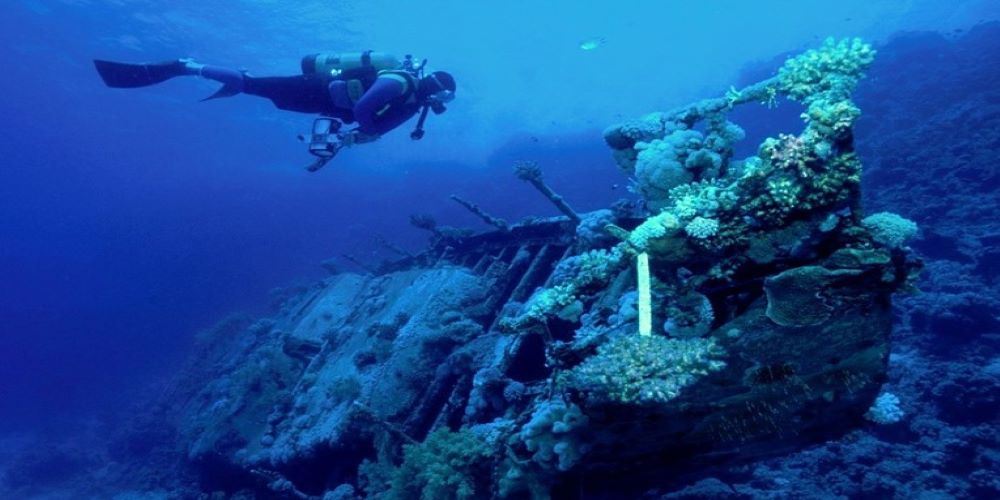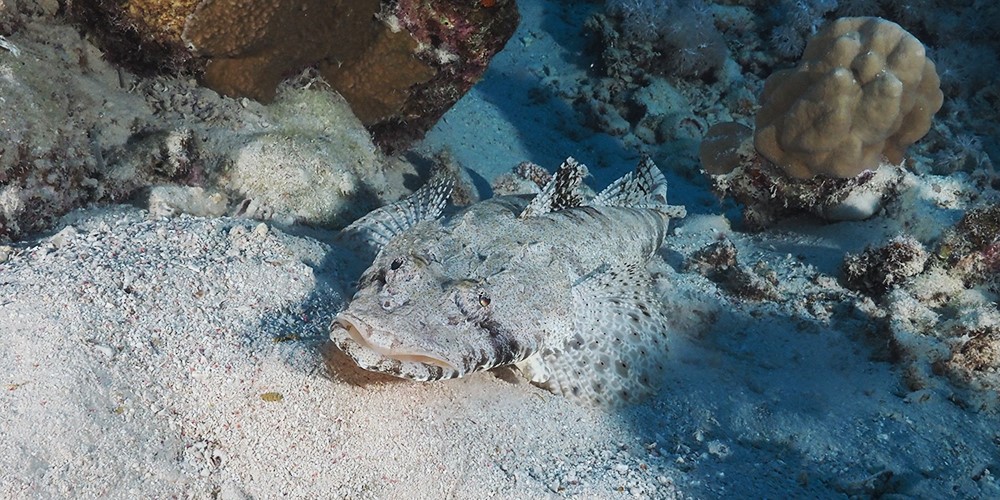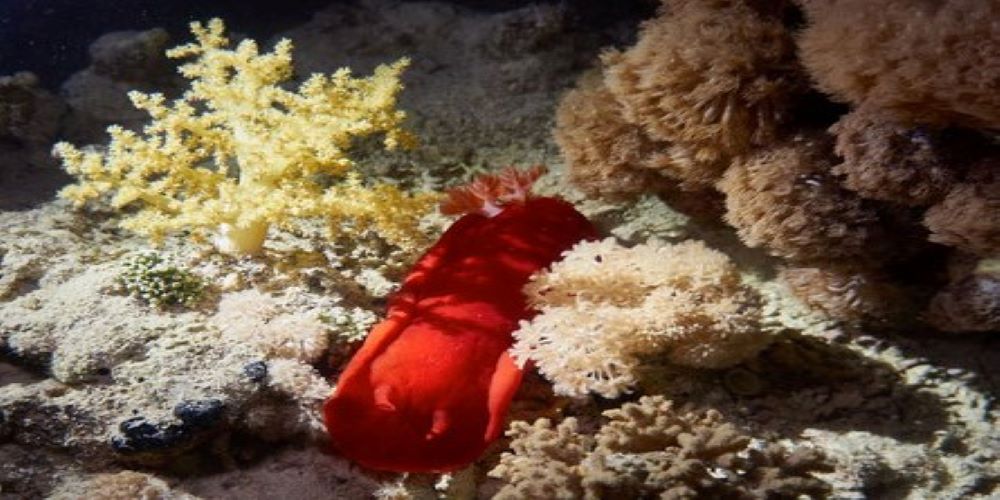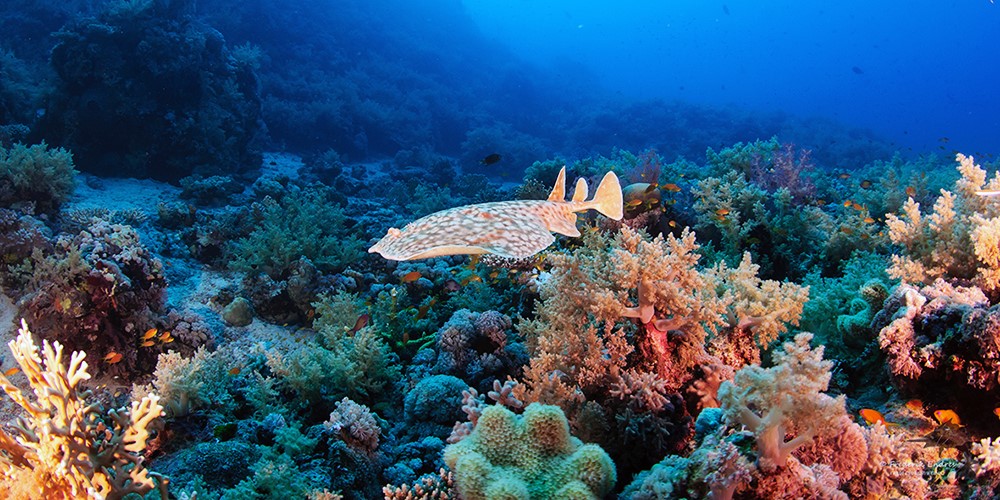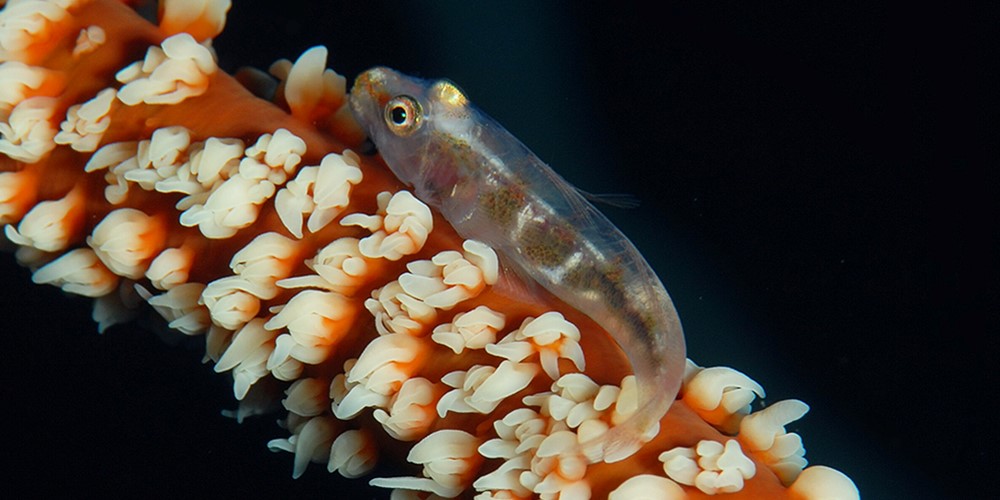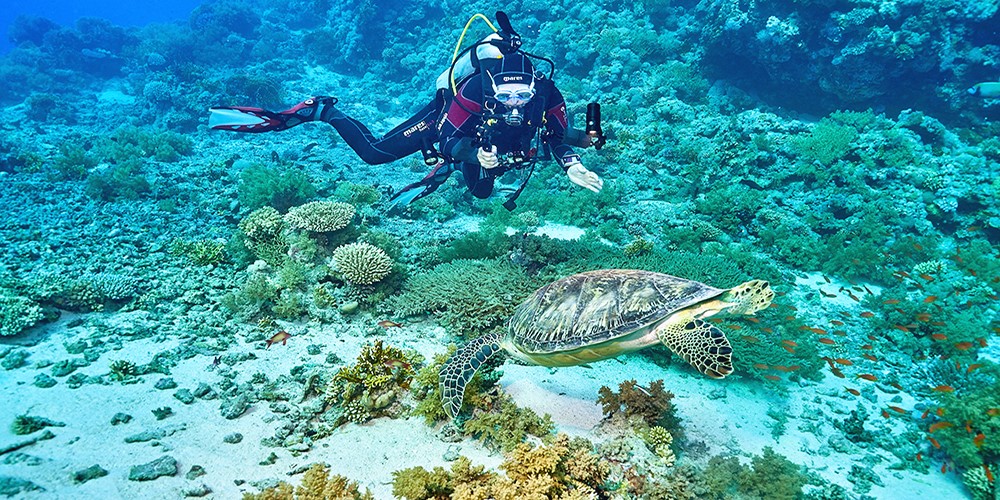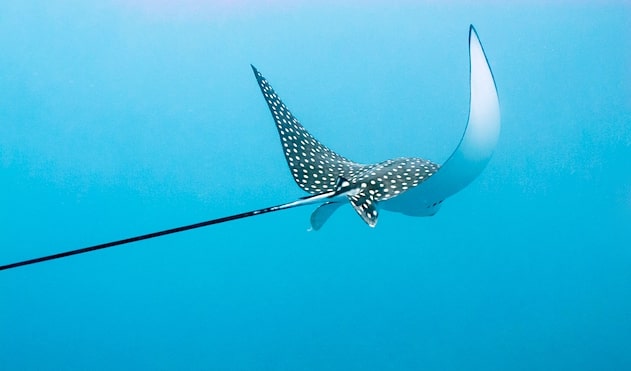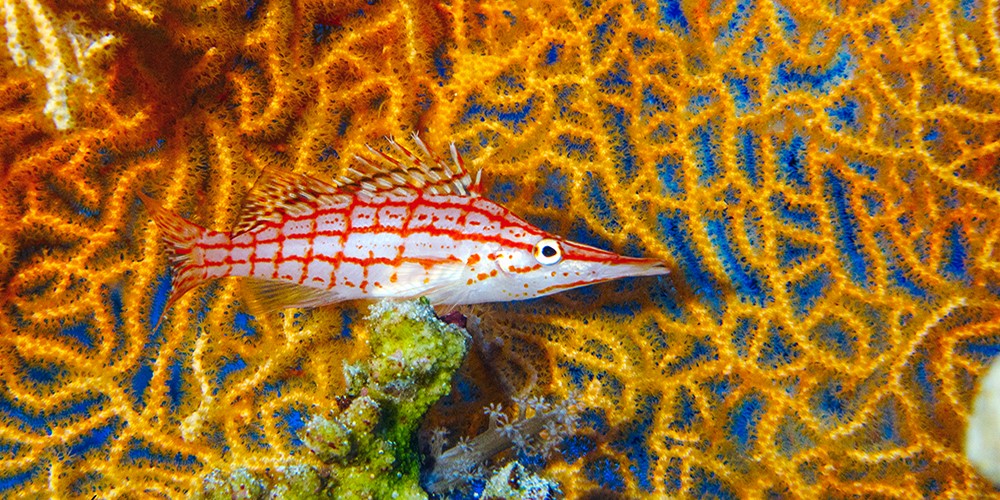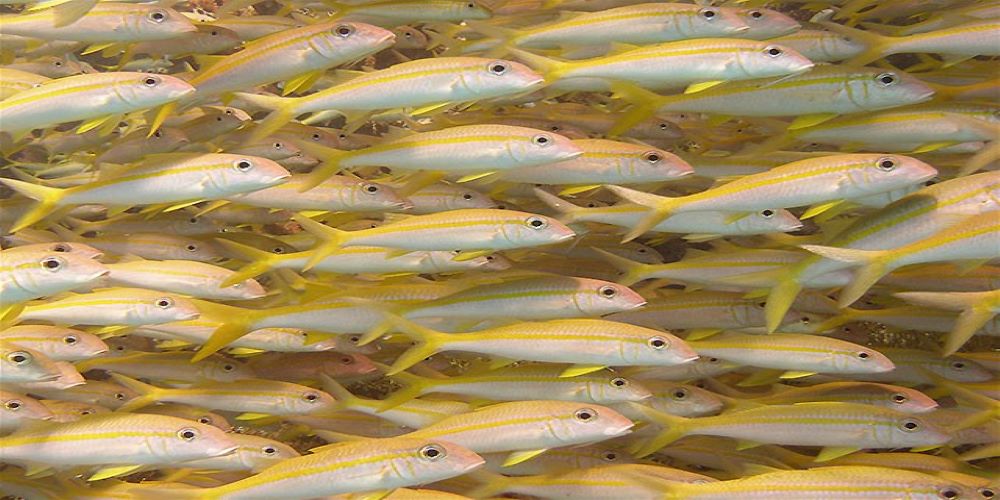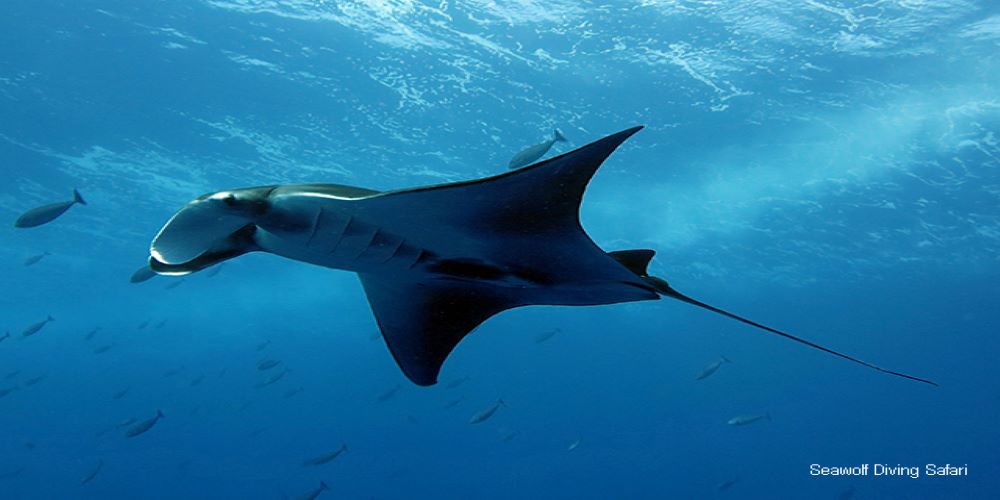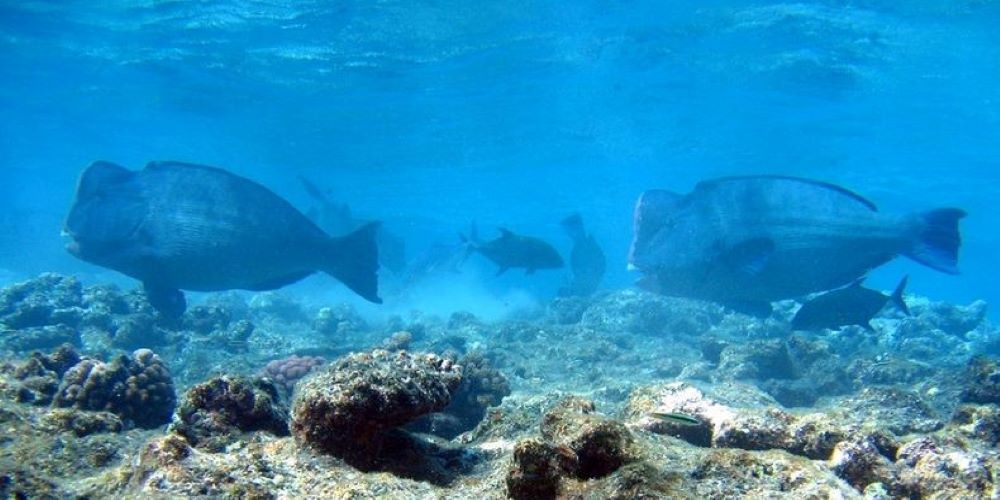Expect to see
Elphinstone
From Marsa Alam the boat goes about one and a half hours north to Elphinstone Reef! The reef top of Elphinstone Reef lies at a depth of between one and three meters, depending on the water level. Strong surface currents and lots of boat traffic make snorkeling here impossible.
Divers, however, can dive right into a challenging treat! The reef is known for its exceptional biodiversity and, of course, sightings of large fish. In the north we dive on a sloping plateau from 18 to 40 meters and in the south on the underwater terraces. The west and east walls drop off steeply into the depths. The Elphinstone reef has a total length of about 600 meters and a width of 70 meters.
In large numbers we can see hard and soft corals in all colors. In addition, there are turtles, moray eels, loceanic white tip sharks, hammerhead sharks and pretty much everything that the Red Sea has to offer.
Dangarus Reef
This is the southernmost reef of St. John's and offers plenty of variety. The reef has an extension of 150m by 70m. Hidden on the main reef is the small cave system. It is easy to dive and there is no danger of getting lost. The entrance is located on a small plateau at 9m depth.
In the outer area, the plateau extends another 60m to the south. Here there are carpet anemones and harlequin crabs that live together symbiotically. At another spot lives a hammerhead shark. To the west, numerous coral structures rise from a mixture of soft and hard corals. In between them, giant moray eels and napoleon wrasse are always hiding. Two ergs reach from 20m depth to 9m below the surface. Towards the east there is a very nice garden of mountain corals in all colors.
Due to the turbulence at the Ergs it is a challenging dive site in stronger currents. Also, the morning current can push you into the open water.
Shaab Marsa Alam
Shaab Marsa Alam is 350m to 400m long and shaped like an inverted L. In the north it starts with 50m width and expands to 80m until the beginning of the lagoon in the middle. Then it continues on the east side with a width of 10 to 20m like a barrier to the south.
There are some real sights: In the lower part of the lagoon, west of the barrier, at a depth of 12 to 15m, there are two coral blocks - a large one of 1 by 20m and a smaller one of 6 by 6m. They stretch from the northeast to the southwest and are so intergrown that they look like a reef of their own. They are nicely overgrown with hard and soft corals in the upper part. There is a small cavern system to explore.
In the northeast you can still find the remains of a sunken safari boat. Here you will encounter crocodile fish, moray eels and schools of snappers.
To the north and west there is another beautiful coral garden. Both contain cleaning stations, are dotted with sandy areas and are home to garden eels, schools of barbels, snappers and other reef fish. You can find moray eels, octopus, snails and cheeky nemos. Both sites are easiest to access by Zodiac. The way back to the boat is doable, in any case you make it in sight of the safari boat to be picked up by the Zodiac.
Shaab Sharm/Gota Sharm
Gota Sharm has a length of 250m, a width of 100m and runs in a wedge shape from west to east. There are plateaus at both ends. The rest consists of steep walls that reach more than 100m into the depth. The plateaus are 20m (close to the main reef) to 35m deep (in the outer area). The current usually comes from the northwest in the morning and from the north at noon. Despite this predictability, you should pay attention to it, because it can get very strong and you run the risk of being blown off the plateau.
On the eastern plateau you can find the longnosehawkfish in a gorgonian, lionfish under table corals, barracudas, reef sharks, schooling fish and two cleaning stations: one in the middle of the plateau for young tuna, the other, by a large block on the south side, for surgeonfish.
On the east plateau, the current can cause turbulence that makes diving difficult.
The western plateau is narrower than the eastern one and there is also a cleaning station here. On its northern side the current usually meets Gota Sharm. So a good place for big fish like the hammerhead shark. Pretty much opposite, on the south side, manta rays have been spotted, but it is more likely to encounter reef sharks, mackerels, tuna and barracuda.
Abu Galawa Kebir
At Abu Galawa Kebir there are lagoons and several side reefs that offer everything there is to see in the Red Sea. Blue staghorn corals, wonderful landscapes.
Besides the "Rosalie Moller" and the "Numidia", the steam tugboat of Abu Galawa, the "Tien Hsing", is one of the most beautiful shipwrecks in the Red Sea. She was a harbor tug built in Shanghai in 1935. With a length of 36m, a beam of just over 7m and a draft of about 3m, it was a rather small ship for these purposes. On October 26, 1943, the tug sank and now lies at a depth of 12-13m in a slight angle on the west side behind the canal.
The wreck is easily visible on the starboard side, but less so on the port side, so many corals grow on it!
The coral garden on the west side consists of mountain corals. In the upper part, the cuts and channels are overgrown with table corals. Also here you can dive great at night.
Abu Galawa Soraya
A sailing yacht from the USA sank at "Abu Galawa Soraya" in 1980 and has since been colonized by very many soft and hard corals. An incredible sight in 17 meters depth on a length of 15 meters. But not only the great overgrown wreck convinces here.
Needlefish, blue spotted stingrays, red sea fusiliers and free swimming giant moray eels can be spotted and admired at this dive spot with a little luck. What will please many - "Abu Galawa Soraya" is also suitable for a night dive and what better way to see the various wreck dwellers than at night!
Equipped with light we can see inside the wreck also during the day the many glass fish that have made the yacht their own for a long time. Also on the sandy bottom many surprises are waiting between the coral towers and blocks.
Sataya Gota Soraya
"Soraya" means "small". This tells us that we are on the sister reef of the larger Sataya Gota Kebir. The water depth in the area to be dived is 20 to 25 meters. The reef has a length of 250m and a width of about 70m. The boat usually moors in a small lagoon in the southeast of the reef. However, depending on the current, there is also the possibility to moor the boat in the southwest at a notch of the reef. The Sataya area almost always has current from the north.
The mooring in the southeast, in the lagoon, is also one of the most beautiful places to dive in the midday. Very few people dive here and you get the impression that you are entering the water shortly after the coral garden is formed.
The most common diving tours, due to the current from the north, start with the Zodiac of course in the north. Then one has the free choice whether one dives left or right hand side. Here you can practice navigation and you have a dive of about 60 to 70 minutes in each direction. There is also a small path in the north through a cave into a lagoon. This is covered with mountain corals. The whole area is full of huge mountain corals, large table corals, leather corals and soft corals. There are a lot of juvenile fish, large schools of snappers, bigeyes and barbels. You can also find snails, as well as dolphins and young reef sharks.
There is another coral garden in the northwestern area, behind a sandy road. It consists of old and new coral formations and slopes down to 40m in the north.
Sataya Gota Kebir
Sataya Gota Kebir - "Kebir" means "big" - is located west of the main Sataya reef. The water depth in the area that is dived is from 5 to 25m. The reef is about 140m long and has a width of about 80m. The mooring is well protected, usually right by a plateau with a depth of 5 to 15m. Since the current, except in autumn, actually always comes from the north, it is an ideal day and night mooring place - perfect for exploring the plateau in the dark.
To the south, the plateau is at 5-11m, dropping to 15-18m on the outer sides. At night it is teeming with life. There is almost a guarantee of Spanish dancers, this is what this place is known for. You can also find many kinds of shrimps, rabbits fish, parrot fish in cocoon, flute fish, lion fish, gorgon heads and many more.
In the west you will find some bigger blocks at 22m. Except in the northwestern area there are actually small and big blocks everywhere. You will find among others flatworms, moray eels, small groups of hunting fish as well as slugs.
In the north there is a lagoon with a beautiful coral garden, swarm fish and an anemone colony.
Shaab Claude
Shaab Claude is about 150m long and 60m wide with a maximum depth of 24m. Boats usually anchor in the south, because there is the cave entrance in 10m depth. Also most of the fish can be found in the southern part of the reef. Here live e.g. batfish, triggerfish, bannerfish, barbels and snappers. Also big napoleon wrasse are not rare.
Often a current from the north makes diving on the west side above the coral garden difficult or impossible. After a bumpy ride by Zodiac to the channel and the anemone colonies, you will be rewarded with a nice drift dive on the east or west side.
Paradise Reef
Paradise Reef is connected to Cave Reef in the north by several blocks and has an extension of about 250m by 80m. Around the southern area a drop-off edge falls well over 50m.
To the west, coming from the north, a very nice mountain coral garden extends southward into an abstract erg landscape. These coral towers with a height of 3 to 12m are abstract formations with sometimes threatening appearing gradients.
You can find bumphead parrotfish in the east and eagle rays and reef sharks in the west.
In the south lies one of the entrances to a small cave system. It is recognizable by a cluster of anemones. The cave consists of two large rooms and is partially open in the upper part, which allows the sunlight to penetrate well. In the cave you can find a large number of different snails.
The two lagoons are a real paradise. On the sandy surface gobies and pipefish cavort. Towards the east there is a coral that has grown from the top to the bottom and stops only 30cm above the ground. Behind it begins a colorful coral garden.
Habili Jaffar
Habili Jaffar has a diameter of 15m by 8m at the top. It has two plateau-like reef noses. One starts at 18m and ripples north much more than 50m before plunging in a diagonal sand and rubble slope. The other starts at 15m and runs almost due south, then drops steadily to 45m before fully disappearing into the depths after a small overhang.
Barracudas, snappers, trompet fish, banner fish and angel fish cavort in this reef. Gray, whitetip reef and silky sharks also drop by and at certain times an oceanic whitetip or manta ray may be seen.
The coral growth ranges from leather corals to soft corals in all shades of mint, fire corals and staghorn corals, sporadically in the depths also fan corals.
The reef top is excellent for the end of the dive. There is always current and wave action, but also a lot of fish.
However, the reef can only be approached in good weather, because the reef top is only just under water and therefore a big wave can easily build up. When this is the case, entry and exit becomes difficult or even impossible.
Umm Aruk
If you see Umm Aruk on the surface, it is hard to believe that this reef has an extension of 200 by 250m. In the south, from the craggy reef edge, an abrasion edge stretches down to 20m. East of it, two mighty boulders rise to the surface.Behind them stretches a bizarre picture of two dozen coral towers, 6 to 9m high and 2 to 4m in diameter, where corals and fish fight over the best spots. If you want to see banner and lemon butterfly fish in large numbers, you should definitely dive the north side. In the sloping lagoon like grooves you will often encounter juvenile whitetip reef sharks.
On the west side there are more astonishing boulders. Behind them, numerous ergs shooting up like mushrooms. Between them live, well protected, eagle rays and gardeneels.
The current is unstable and can come from all directions. However, due to the swirls between the blocks, we can use that to our advantage.
Habili Ali
This reef is the most northeastern of the central area of St.John's. It is a steep wall reef that lies between 0 and 4m under water, depending on the season. The reef edge is riddled with grooves, notches and overhangs everywhere. Everywhere you can see beautiful and abundant growth of soft and hard corals as well as very large gorgonians and black corals. Besides the big fan corals you can surely see the favorite of all divers, the longnose hawkfish.
In width Habili Ali measures 20 to 25m from north to south, in length from east to west 150 to 200m. In the south it slopes 10 to 15m and then turns into a narrow plateau. The east and west sides drop well over 40m.
Unfortunately, the reef can not always be approached, because the reef top is so close to the water that even with a small outer wave quite decent breakers can form.
Since Habili Ali is an outer reef, the current can be from weak to very strong and come from all directions. A current test is therefore essential.
St.Johns Gota Soraya
The reef reaches well over 100m in depth and has a chimney in the south at 9m water depth, which is covered with black coral.
The west side is a wall with deep notches and bulges. There you will find a block that seems to have grown out of the reef, reaching from 22m to 9m below the surface. In the depth a few gray reef sharks pass by from time to time.
In the north, St. John`s Gota Soraya has a reef spur after a steep wall of 15m, which runs down with a slope well over 70m. It is covered all over with gorgonians and delicate sea whips as well as huge soft coral fields. Gray-black snappers and reef sharks are common there.
On the east side you will find schools of snappers and barbels in the wide niches. Often you also get a manta ray visit, because there the current meets the reef.
St. Johns Gota Kebir
St. John`s Gota Kebir is 250m long and 120m wide. The north ends in a drop-off that drops to 35m in places and opens into a small ledge before plunging further into the depths. The west side drops to 20 to 25m with overhangs and deep notches, then with a slight slope into the outer area where it disappears into the depths. On the east, the wall drops 20 to 30m and then turns into an overhang. The northern part falls directly into the depth. On the way there are huge gorgonians with a diameter of 3 to 4m.
The southern side is covered with coral fields. The reef wall there runs vertically down to the second plateau at 55m depth. On the plateau you can watch manta rays, gray reef sharks and hammerhead sharks as they make their moves. On the west and east side, behind the plateau at 9m, there are caves. Both run almost identically in an exciting large diameter circular path. However, please watch out for things that can fall down due to your exhaled air.
Shaab Maksur
It is 350 to 400m long and has three plateaus, one of them - untypical for an outer reef - on the west side. The currents are similar to Elphinstone, as both reefs have almost exactly the same orientation.
The south plateau actually consists of two levels. The first ranges from 18 to 35m, the second from 35 to 42m. Both have a length of 50 to 60m and a width of 40m. At the end, the reef descends steeply to 80m, then continues into a slope to 120m before disappearing fully into the depths.
The west side has something special, because bordered by a coral garden and a block at the end there is a small lagoon in the middle of the plateau, which is very nicely embedded with a depth of 13-16m and a width of 20m. Here lie some pieces from an old safari boat that hit the reef after 14 days in service. The riggings were thrown overboard and the hull was taken to the shipyard for reconstruction. Meanwhile the reef has grown very nicely around the wreckage.
The eastern area is a drop off and to the north there is another plateau at a depth of 20 to 37 meters where there are smaller mounds and a coral garden. Here, as everywhere on this reef, downward currents can occur. At the northernmost point there are two more rocky pinnacles separated from the reef by an 8m deep gap.
Dahra Wadi Gimal
With a width of 350m and a length of just over 3km, Dahra Wadi Gimal is an elongated reef that runs out over several blocks in the north into almost independent reefs. It is well suited for overnight stays and is 5 minutes away from Shelaniat. In the south you have a narrow plateau at a depth between 5 and 14m with several small coral blocks from 1 to 2m high - excellent for a night dive. The plateau has a width of 30m before it goes over several steps into the channel towards Wadi Gimal Island. Here you can see one of the largest parrotfish species, the bumphead parrotfish.
On the eastern side, separated by a coral outcrop, are coral towers 9 to 12m high and 2 to 3m in diameter. They have purple soft corals mixed with hard corals in the upper part. This is an ideal area for glassfish, lionfish, giant sea cucumbers and sole.
Towards the east you will come across a huge labyrinth of all kinds of corals.It has an impressive height of 10-15m and consists of table corals with partly 4m diameter, ship-sized mountain corals as well as huge lettuce corals. Must see!
Itinerary
xxx

 ENGLISH
ENGLISH
 РУССКИЙ
РУССКИЙ
 DEUTSCH
DEUTSCH

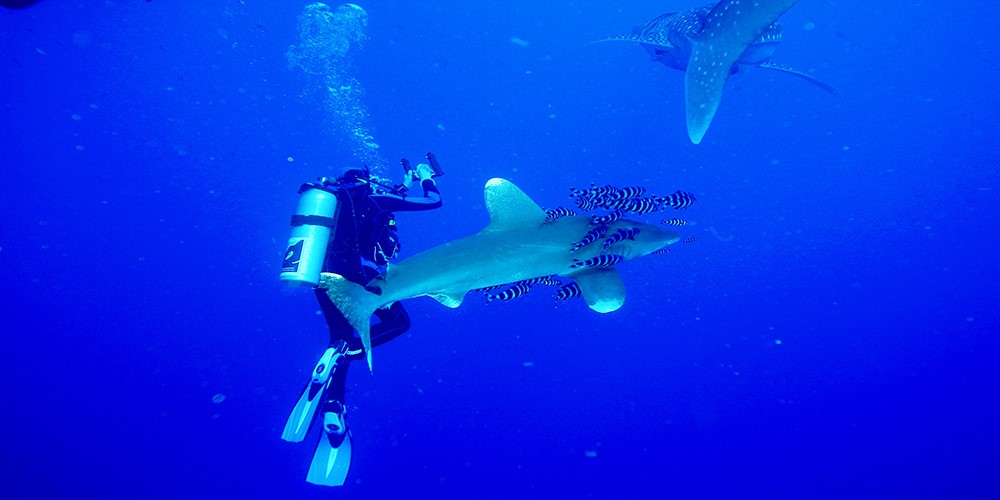
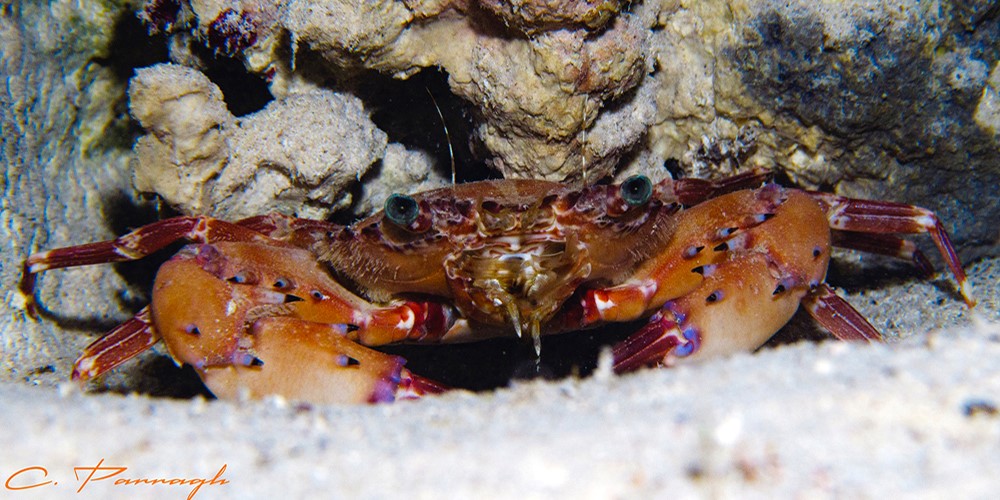
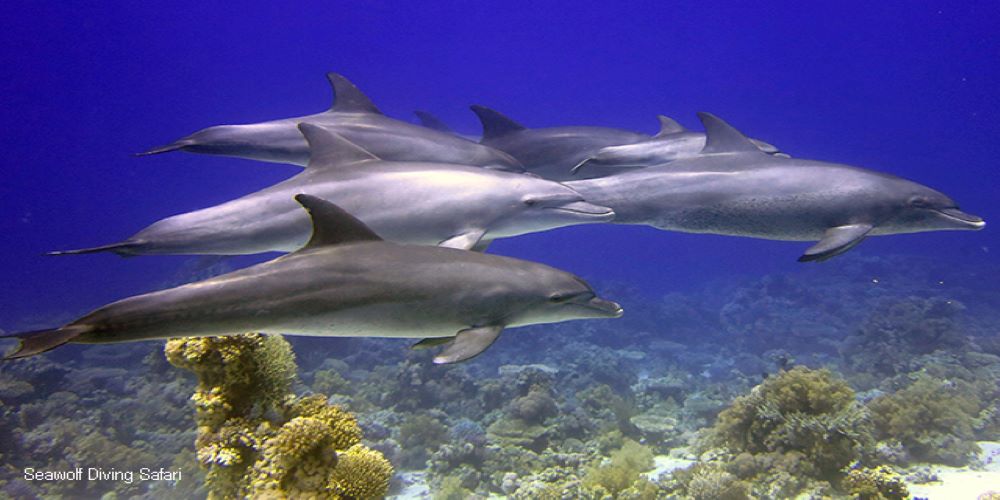
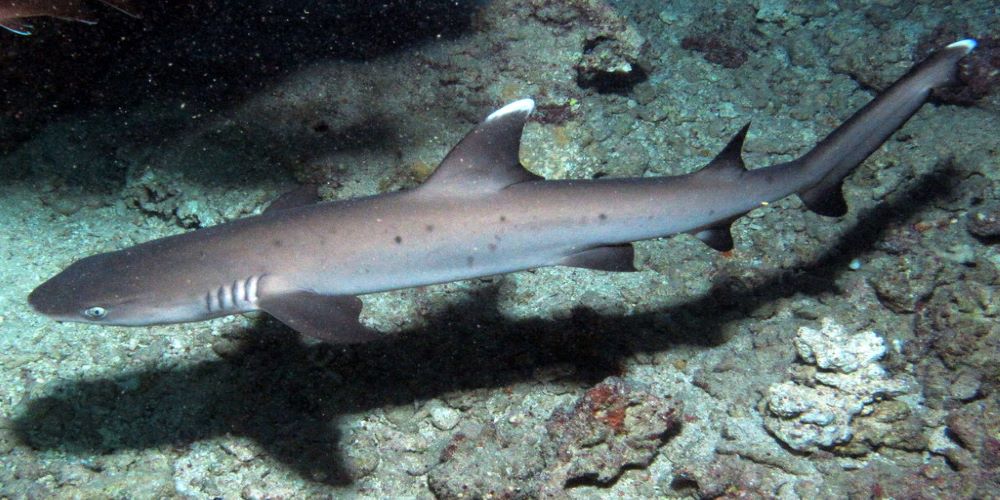
_lg.jpg)
